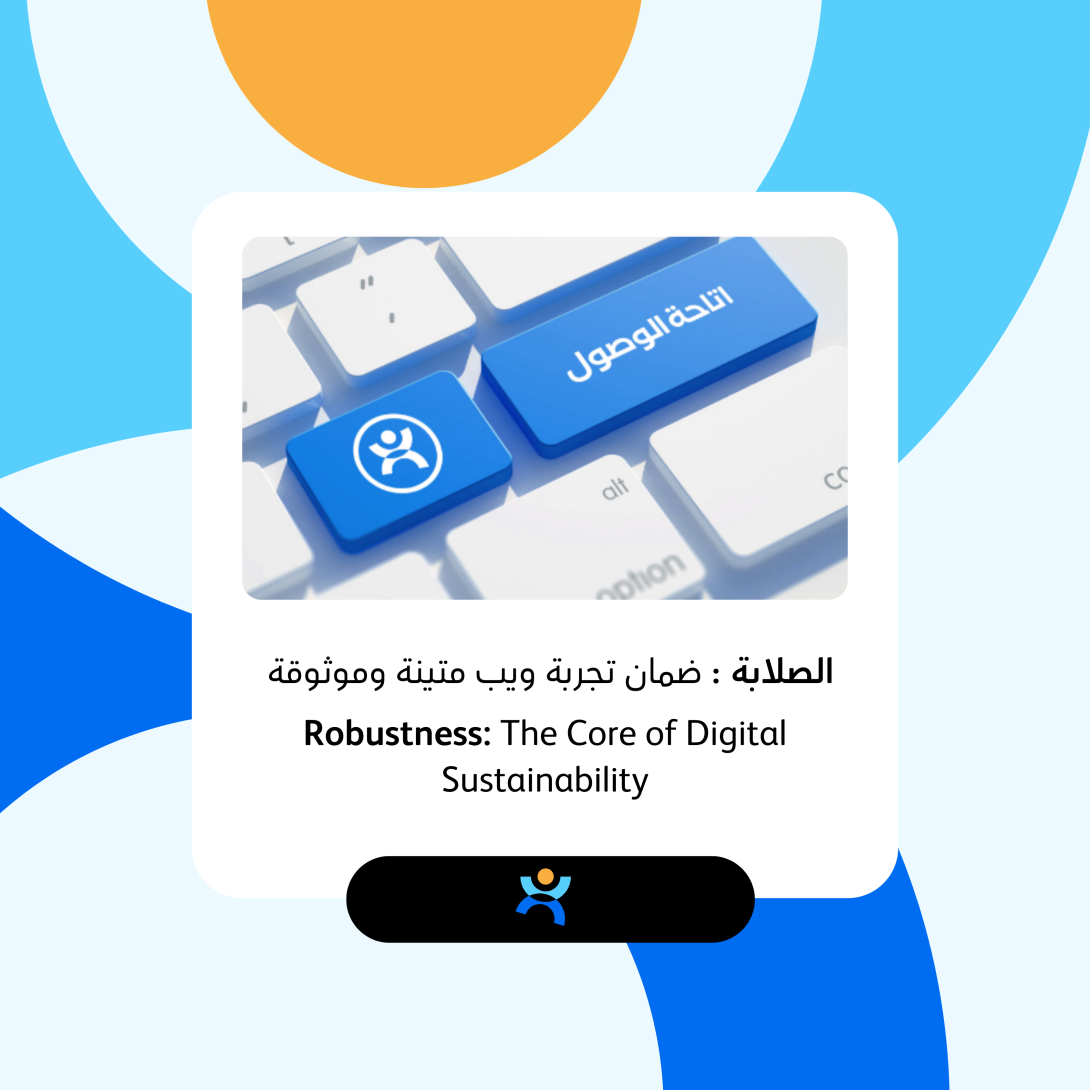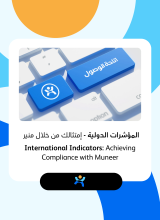
The importance of ensuring web content accessibility for all users, regardless of the devices they use or the assistive technologies they rely on, is paramount. The principle of "Robustness" in the Web Content Accessibility Guidelines (WCAG) 2.1 and 2.2 is fundamental to achieving this goal. This principle dictates that digital content must be robust and usable across a variety of devices, browsers, and assistive technologies. In this article, we will explore how the Muneer tool from Shared Technology effectively embodies the principle of robustness, enhancing user experience and ensuring compliance with WCAG standards.
Robustness: The Core of Digital Sustainability
The principle of "Robustness" requires web content to adapt to technological advancements and remain usable regardless of the device, browser, or assistive technology employed. This principle demands that all digital content components be compatible with global web standards and remain accessible and usable over time.
Features of the Muneer Tool for Achieving Robustness
1. Cross-Browser and Device Compatibility:
- Multi-System Support: Muneer operates smoothly across various operating systems and browsers, ensuring a consistent user experience regardless of the device used.
- Seamless Integration with Assistive Technologies: Muneer ensures compatibility with assistive tools such as screen readers and alternative input devices, facilitating content accessibility for all users.
- Compliance with Standard 4.1.1 (Compatibility): This standard ensures that all web components are compatible with various assistive technologies, enhancing content robustness and long-term usability.
2. Support for Alternative Texts:
- Alternative Texts for Images: Muneer supports adding alternative texts for images and graphics, aiding users who rely on assistive technologies in understanding the content.
- Visual and Auditory Clarifications: Muneer provides tools to clarify content visually and audibly, enhancing content comprehension and responsiveness to different technologies.
- Compliance with Standard 1.1.1 (Non-Text Content): This standard requires providing alternative text for non-text content, ensuring all visual elements are understandable to users.
3. Adaptation to Technological Developments:
- Continuous Updates: Muneer ensures regular updates to content and technologies, helping to keep pace with technological advancements and ensuring continued access.
- Compatibility with Future Standards: Muneer adheres to best practices and international standards to ensure content remains accessible as technology evolves.
- Compliance with Standard 4.1.2 (Name, Role, Value): This standard ensures that all web elements are clear in their function and compatible with future technologies, enhancing content durability and sustainability.
4. Seamless Experience with Assistive Programs:
- Compatibility with Screen Readers: Muneer allows full compatibility with screen readers, facilitating effective interaction with content for visually impaired users.
- Support for Assistive Devices: Muneer ensures compatibility with various assistive devices, such as alternative keyboards and voice control systems, enabling users with special needs to fully benefit from the content.
- Compliance with Standard 2.1.1 (Keyboard):This standard ensures that all content functions are accessible via keyboard, enhancing usability flexibility.
In conclusion, the "Robustness" principle enhances the ability of all users to access web content reliably and sustainably. Through the features of the Muneer tool, this principle can be effectively achieved, ensuring a comprehensive and robust digital experience for everyone. These features reflect our commitment to providing web content that is easily accessible and usable, thus enhancing compliance with WCAG 2.1 standards.
Let us work together to build a more inclusive web for everyone.

